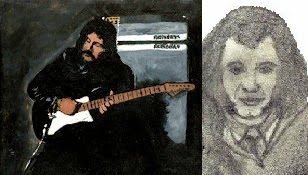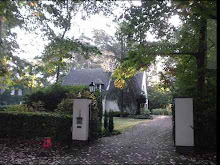Archive number: 168
Title: How many miles?
Main Album: Focus 11
Track number: 4
Genre: Progressive Rock Pop Song
Studio: WedgeView Studios, Netherlands
Length: 4:48
Composer: Thijs van Leer
Musicians: Thijs van Leer – Hammond organ, flute, vocal; Menno Gootjes – Guitars; Udo Panekeet – Bass; Pierre van der Linden – Drums
Producer: Geert Scheigrond
Engineer: Geert Scheigrond
Label: In and Out of Focus Recordings
Date of recording/release: November 2018
Alternative recording: None
Notes: These are the lyrics to the track
How many miles between
my love and I?
My love, where have you been
all my life?
How many stars have seen
us weep and cry?
With tears of joy that mean
us man and wife?
Let me reflect your energy
that moves my soul to ecstasy.
Let me become your melody
be sung in perfect harmony.
Amazing grace, your face divine,
now let me be your Valentine.
Let me become your bird so free
on wings made for eternity.
How come you shine so bright
you lucky star?
This fragrance of your soul
smells from afar.
How is it possible
your answer's yes?
My deepest joy, my love,
forever jazz …
let me reflect your energy ...
The track begins (00:00-00:09) with drums before breaking into a bouncing instrumental ensemble with guitar and flute. Then at around 01:09 a slightly cheesy pop song comes in and lasts until around 03:27. We then revert to the bouncing instrumental but this time with a spoken van Leer voice over reiterating the lyric until the fade.



















